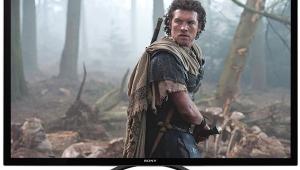Mr. Norton,
I am a long-time HT subscriber. I always turn to HT's recommendations to help me decide on important purchases. I recently bought this TV and am very satisfied. Thanks for your article.
Could you please post a breif summary of the settings used to acheive your measured results. Did you use any additional calibration techniques other than the typical end-user menu controls?
thanks,
Andy Lutz




 Performance
Performance




































































